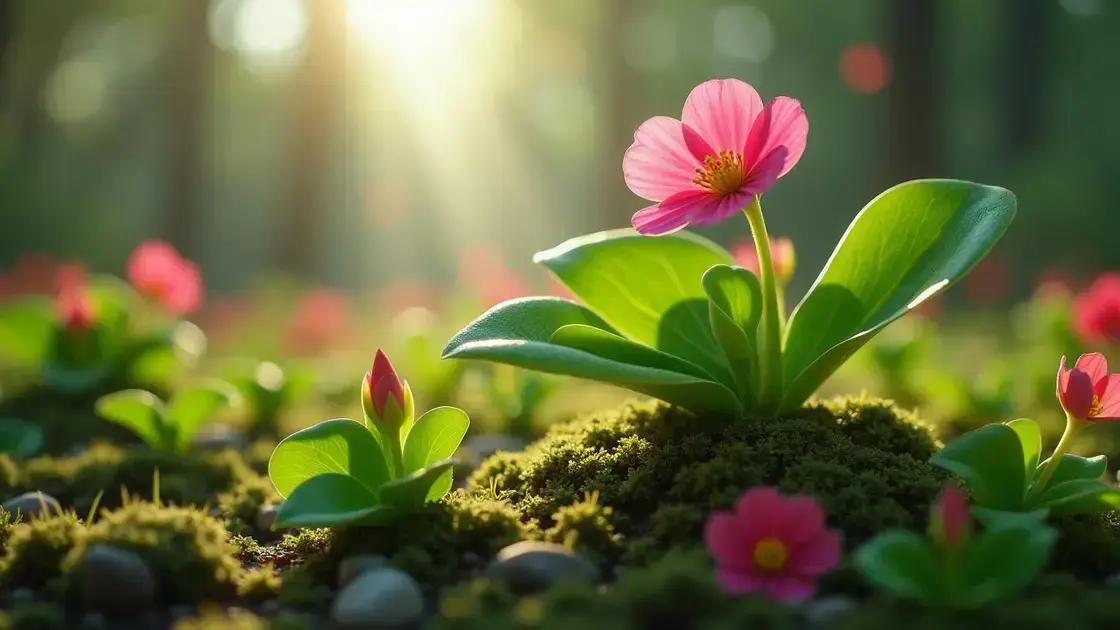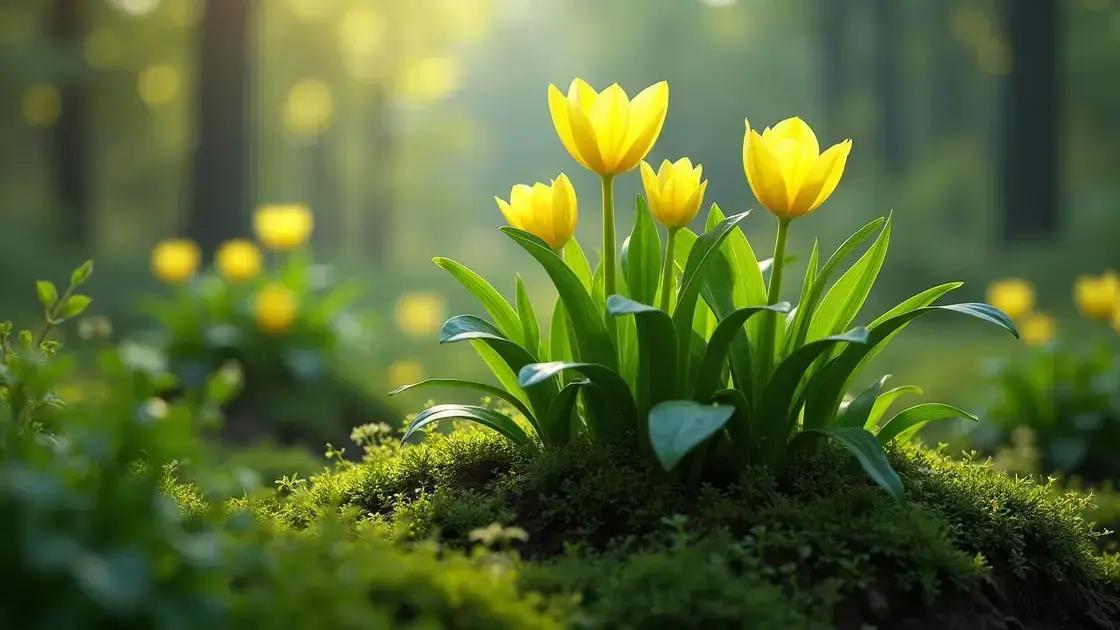How to Care for Oxalis Plant: 5 Essential Tips for Thriving Growth
How to care for oxalis plant is a question many indoor gardeners ponder. With their vibrant leaves and unique flower shapes, oxalis plants can brighten up any space. But, keeping these beautiful houseplants healthy involves understanding their needs—let’s dive into how you can nurture your oxalis to its fullest potential.
Table of Contents
ToggleUnderstanding oxalis light requirements for optimal growth
Understanding oxalis light requirements for optimal growth is crucial for nurturing your plant. Oxalis plants thrive best in bright, indirect light. Direct sunlight can scorch their delicate leaves, while too little light may hinder their growth and cause them to become leggy.
Light conditions for oxalis plants
- Bright, indirect light: Aim for a spot that receives filtered sunlight, such as near a north or east-facing window.
- Low light: Oxalis can tolerate low light but may grow more slowly and produce fewer flowers.
- Avoid direct sunlight: Protect your oxalis from harsh rays, which can lead to leaf burn and damage.
Optimal lighting duration
Oxalis plants benefit from:
- 10-12 hours of light: Aim for a schedule that provides ample light per day.
- Rotating your plant: Turn your oxalis every few weeks for even exposure and growth.
Signs your oxalis plant needs different light
Recognizing your plant’s needs is essential. Watch for these indicators:
- Leggy growth: If your oxalis is stretching towards the light, it may need more illumination.
- Pale leaves: Color fading could suggest insufficient light.
- Brown tips: This may indicate too much direct sunlight exposure.
Exploring indoor gardening techniques
For those keen on enhancing their indoor gardening skills, exploring indoor gardening techniques can provide valuable insights into the light needs of various plants, including oxalis.
Conclusion
In summary, understanding oxalis light requirements for optimal growth ensures a healthy, thriving plant. Adjusting lighting conditions and observing growth patterns can vastly improve the health of your oxalis.
Watering techniques for a healthy oxalis plant

Watering techniques for a healthy oxalis plant are essential to keep your plant thriving. Proper watering not only ensures vibrant foliage but also promotes healthy root development. Knowing when and how to water your oxalis can prevent common issues like root rot or under-watering.
Best practices for watering oxalis
- Check the soil moisture: Before watering, feel the top inch of the soil. If it feels dry, it’s time to water.
- Use room temperature water: Cold water can shock the roots, so let your water sit out for a bit before using it.
- Water thoroughly: Ensure even moisture by saturating the soil until water drains from the bottom of the pot.
Frequency of watering
While the frequency of watering will depend on environmental conditions, here are some general guidelines:
- Summer months: Water once a week, adjusting based on humidity and temperature.
- Winter months: Reduce watering to every 10-14 days as the plant enters dormancy.
Signs of over or underwatering
To maintain your plant’s health, look for these indicators:
- Yellowing leaves: This may indicate overwatering; adjust your watering schedule accordingly.
- Wilting leaves: If leaves droop, your plant may need more water.
- Root rot: A foul smell or mushy roots can result from excessive watering, highlighting the need for drainage.
Additional tips for success
For further insights into best practices for your indoor plant care, consider exploring indoor gardening techniques. Keeping your oxalis healthy involves recognizing its unique needs, especially regarding watering.
Conclusion
Watering techniques for a healthy oxalis plant are vital for promoting its growth and overall vitality. By following proper habits and tuning into your plant’s signals, you can ensure it remains happy and flourishing.
Common issues when caring for oxalis plants and solutions
Common issues when caring for oxalis plants and solutions are vital for every gardener. Recognizing potential problems early can prevent serious damage to your plant and ensure it thrives in your home. In this section, we will explore prevalent issues you may encounter with your oxalis.
Identifying common problems with oxalis
- Yellowing leaves: This can be a result of overwatering or poor light conditions.
- Wilting leaves: Often indicates underwatering or sudden temperature changes.
- Brown leaf tips: Can be a sign of low humidity or too much direct sunlight.
- Sticky residue on leaves: May suggest pests like aphids or mealybugs.
Solutions for common oxalis issues
To help your oxalis recover, consider these actionable solutions:
- For yellowing leaves: Check your watering schedule and ensure the plant is getting enough light.
- For wilting leaves: Increase the frequency of watering and maintain stable room temperatures.
- For brown leaf tips: Adjust your plant’s position to avoid harsh sunlight and consider a humidity tray.
- For sticky leaves: Inspect your plant for pests and treat with a gentle insecticidal soap.
Preventative measures to avoid issues
Here’s how you can practice good care to protect your oxalis:
- Regular checks: Examine your plant weekly for signs of distress.
- Proper drainage: Ensure your pot has adequate drainage holes to prevent root rot.
- Maintain humidity: Use a humidifier or pebble tray if your home is very dry.
Further guidance on plant care
For more ways to enhance your houseplant strategies, consider exploring indoor gardening techniques. These practices contribute not only to the health of your oxalis but also other varieties you may care for.
Conclusion
Handling common issues when caring for oxalis plants effectively can greatly improve their health and aesthetic appeal. By implementing these solutions and preventive strategies, you can ensure a flourishing indoor garden.
In conclusion
Caring for oxalis plants requires understanding their specific needs, including light and watering techniques, as well as recognizing and addressing common issues. By implementing the tips provided, you can cultivate a thriving oxalis that enhances your indoor space. Additionally, feel free to explore tips on enhancing your indoor garden to expand your gardening knowledge and improve the care of all your houseplants.

